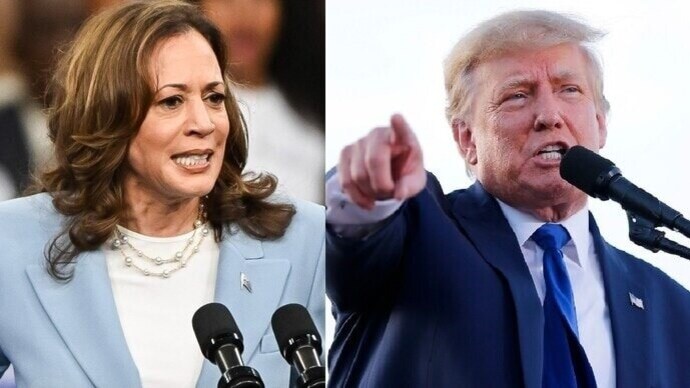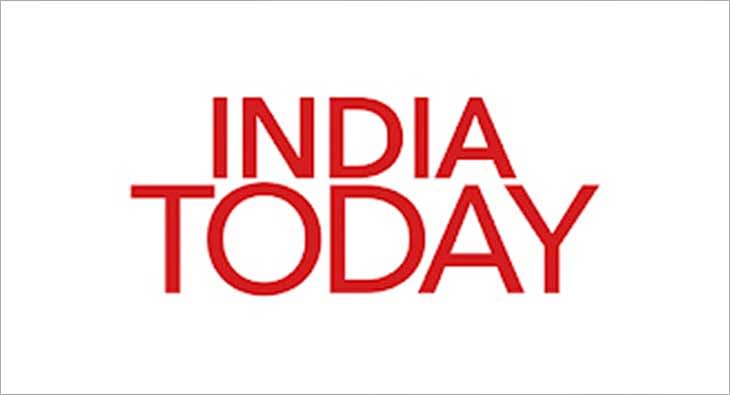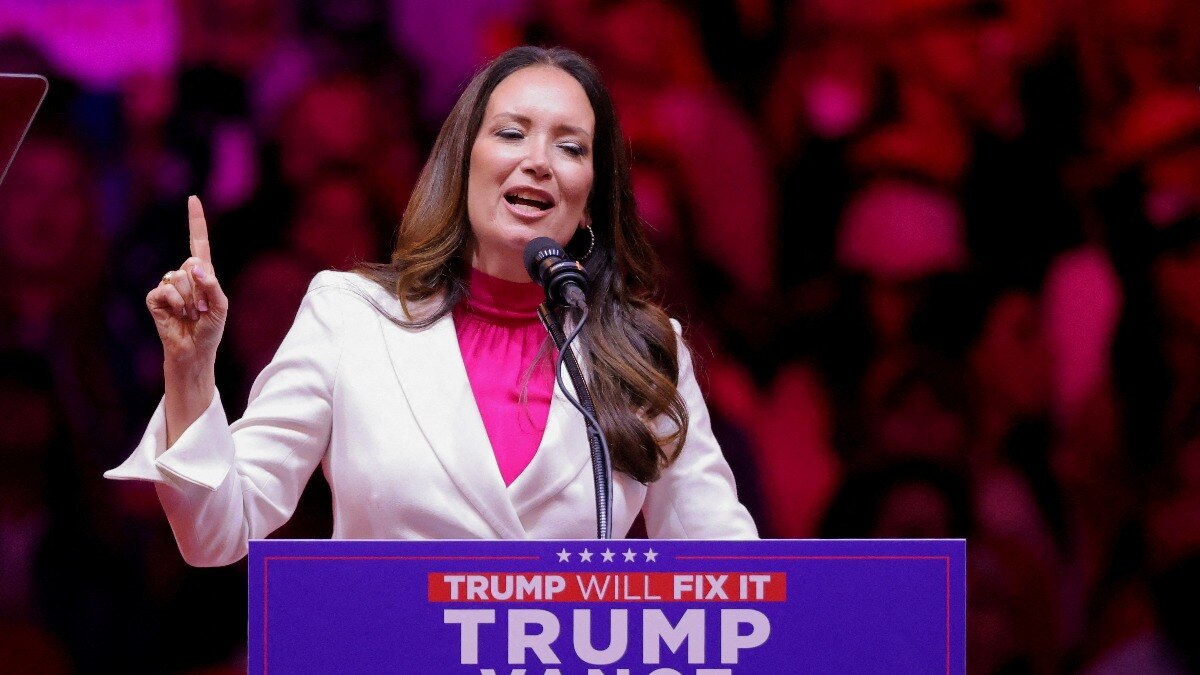A Reuters/Ipsos poll shows Kamala Harris leading Donald Trump 47% to 40% in the US presidential race, with a seven-point advantage over Trump. Harris has narrowed Trump's lead on the economy, while both candidates are focusing on economic policies as the key voter issue. Harris has a slight edge nationally, but polls in battleground states show a tighter race.

Kamala Harris has narrowed Donald Trump’s lead on the economy, while both candidates are focusing on economic policies as the key voter issue.
Democratic Vice President Kamala Harris leads Republican Donald Trump 47% to 40% in the race to win the November 5 US presidential election, as she appeared to blunt Trump's edge on the economy and jobs, a Reuters/Ipsos poll published on Tuesday found.
Harris had a lead of six percentage points based on unrounded figures, which showed her with support from 46.61% of registered voters, while Trump was backed by 40.48%, according to the three-day poll that closed on Monday. The Democrat's lead was slightly higher than her five-point advantage over Trump in a September 11-12 Reuters/Ipsos poll.
The latest poll had a margin of error of about four percentage points.
While national surveys, including Reuters/Ipsos polls, give important signals of the views of the electorate, the state-by-state results of the Electoral College determine the winner, with seven battleground states likely to be decisive.
Polls have shown Harris and Trump are neck-and-neck in those battleground states, with many results within the polls' margins of error. A recent New York Times/Siena College poll showed Trump with marginal leads in three of these states - Arizona, Georgia and North Carolina.
Asked which candidate had the better approach on the "economy, unemployment and jobs," some 43% of voters responding to the latest Reuters/Ipsos poll picked Trump and 41% selected Harris. Trump's two-point advantage on the topic compares to his three-point lead in an August Reuters/Ipsos poll and an 11 point lead over Harris in late July shortly after she launched her campaign.
Harris entered the race after President Joe Biden folded his re-election effort following a poor debate performance against Trump in June. Trump at the time was widely seen as the frontrunner, partly based on his perceived strength in the economy after several years of high inflation under the Biden administration.
Reuters/Ipsos polling between April and June also showed voters picking Trump over Biden on the economy, unemployment and jobs by between five and eight points.
Trump still has wide leads in some measures of confidence in his economic stewardship. A Reuters/Ipsos poll from August asked voters which candidate had a better approach on the "the US economy" - without specific reference to jobs or unemployment - and Trump led Harris by 11 points, 45% to 36%.
Both candidates are focusing campaign pledges on the economy, which the latest Reuters/Ipsos poll showed was the No. 1 issue for voters. Trump on Tuesday said he would create special manufacturing zones on federal lands. He has also promised to raise tariffs on imported goods.
Harris has pledged tax breaks for families with children as well as higher taxes for corporations. She is expected to unveil new economic proposals this week, even though some advisers acknowledge time is running out to convince voters with pitches on policy.
The polling average maintained by FiveThirtyEight.com shows a close race at the national level, with Harris leading Trump 48.3% to 45.8%.
The latest Reuters/Ipsos poll surveyed 1,029 US adults online, nationwide, including 871 registered voters. Amongst these, 785 were considered the most likely to turn out on Election Day. Amongst these likely voters, Harris led 50% to 44%, though similar to her lead amongst all registered voters, her advantage was only five points when using unrounded figures.
Published By:
Girish Kumar Anshul
Published On:
Sep 25, 2024

 1 month ago
1 month ago



















